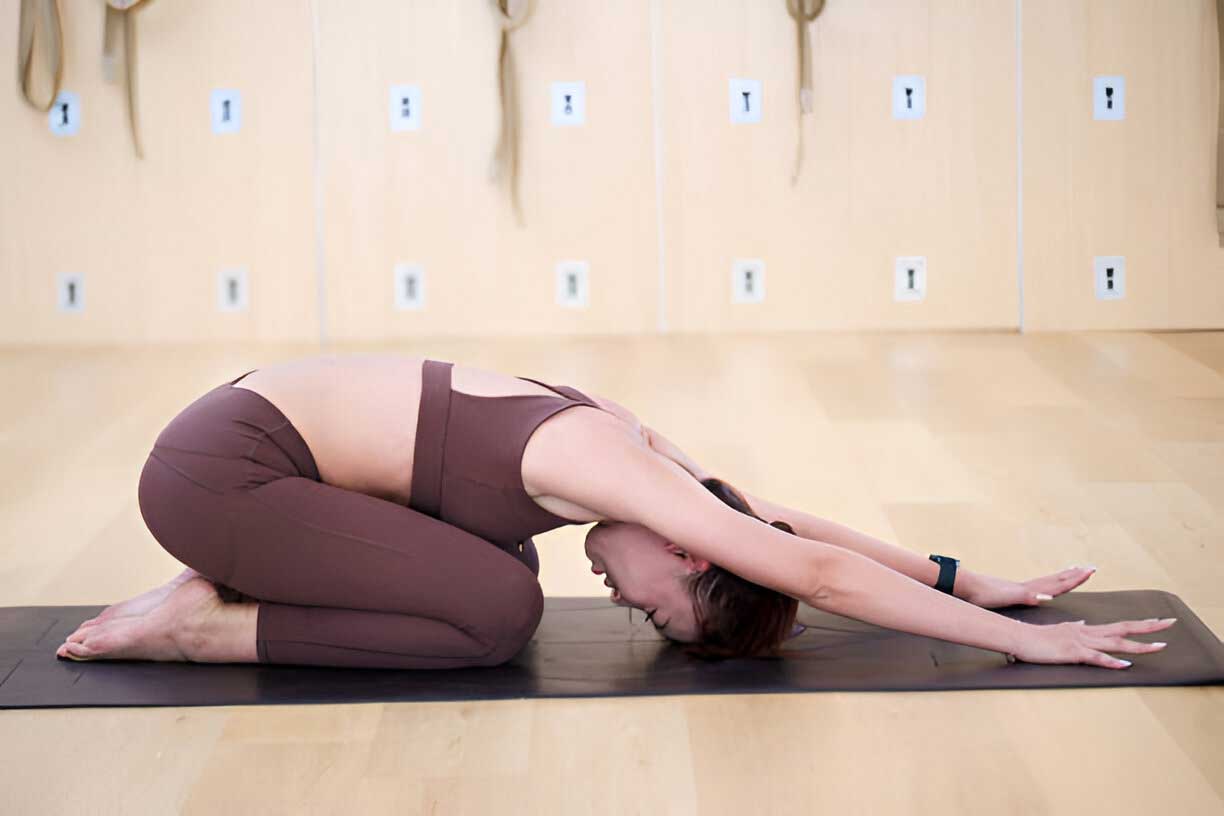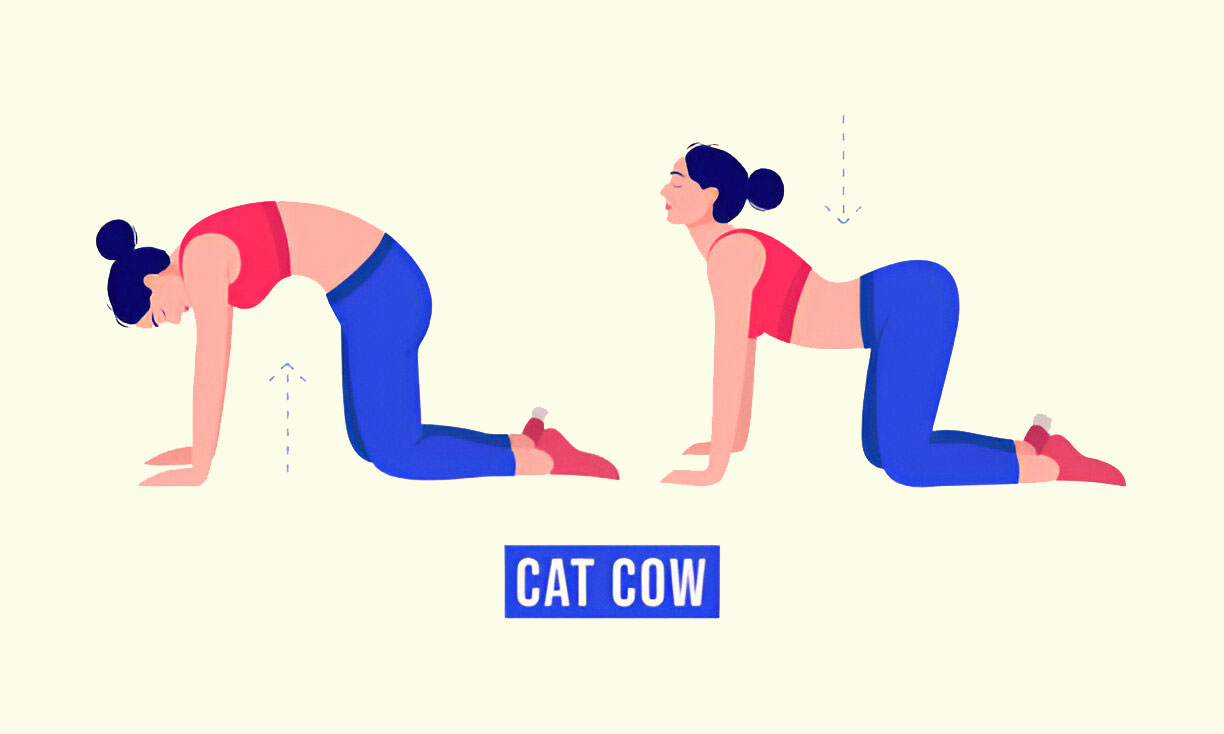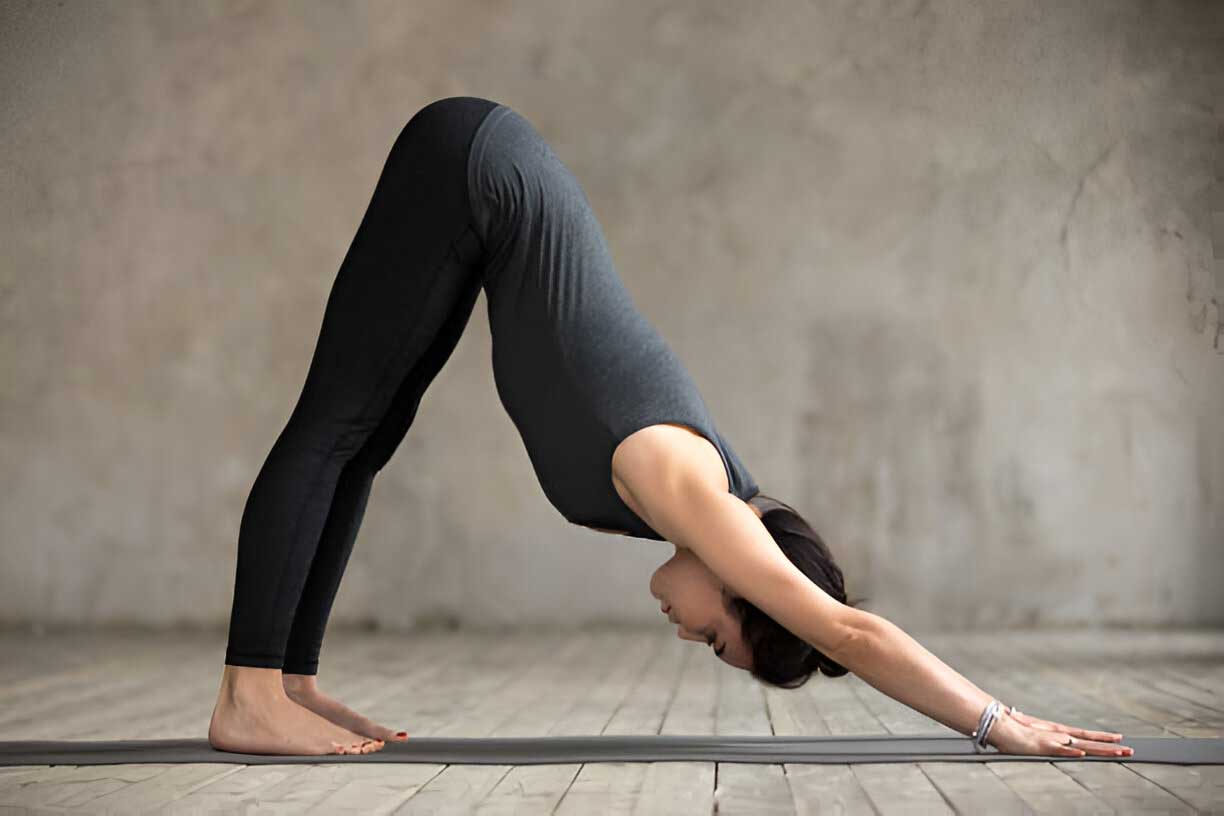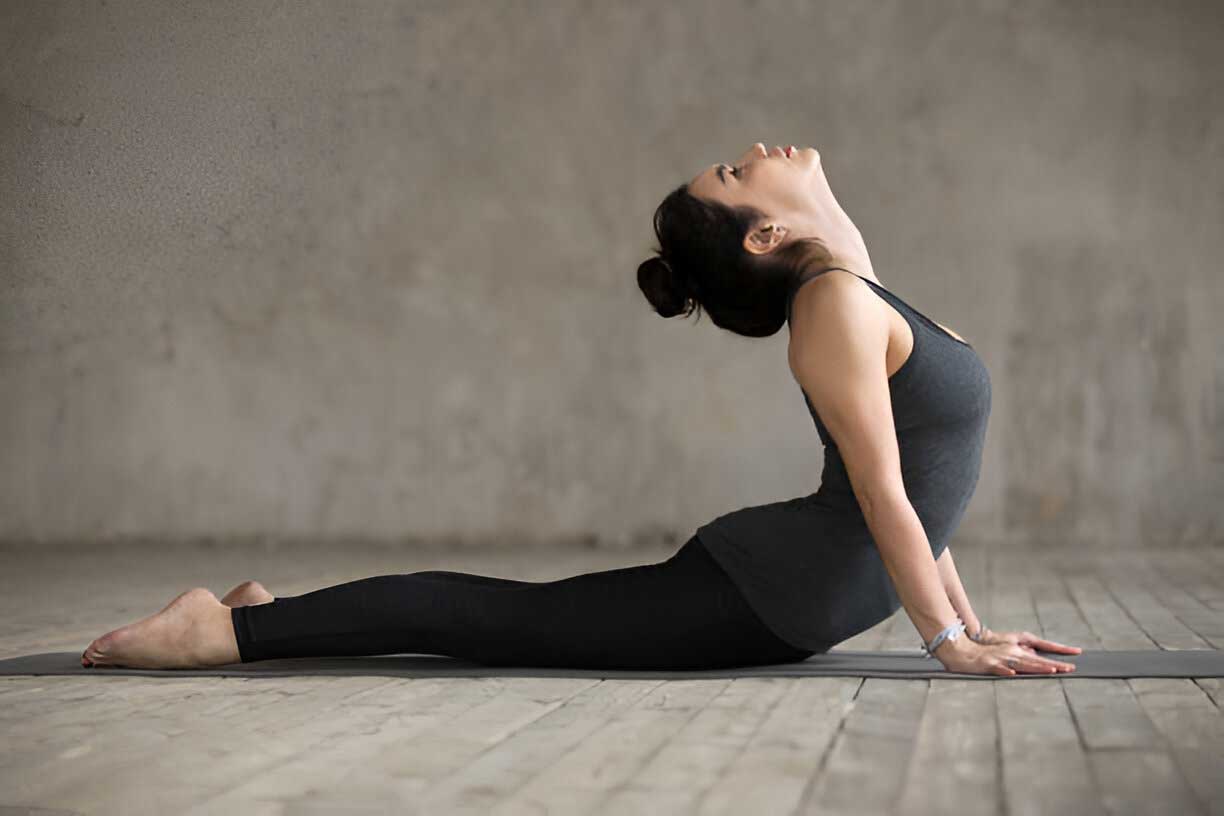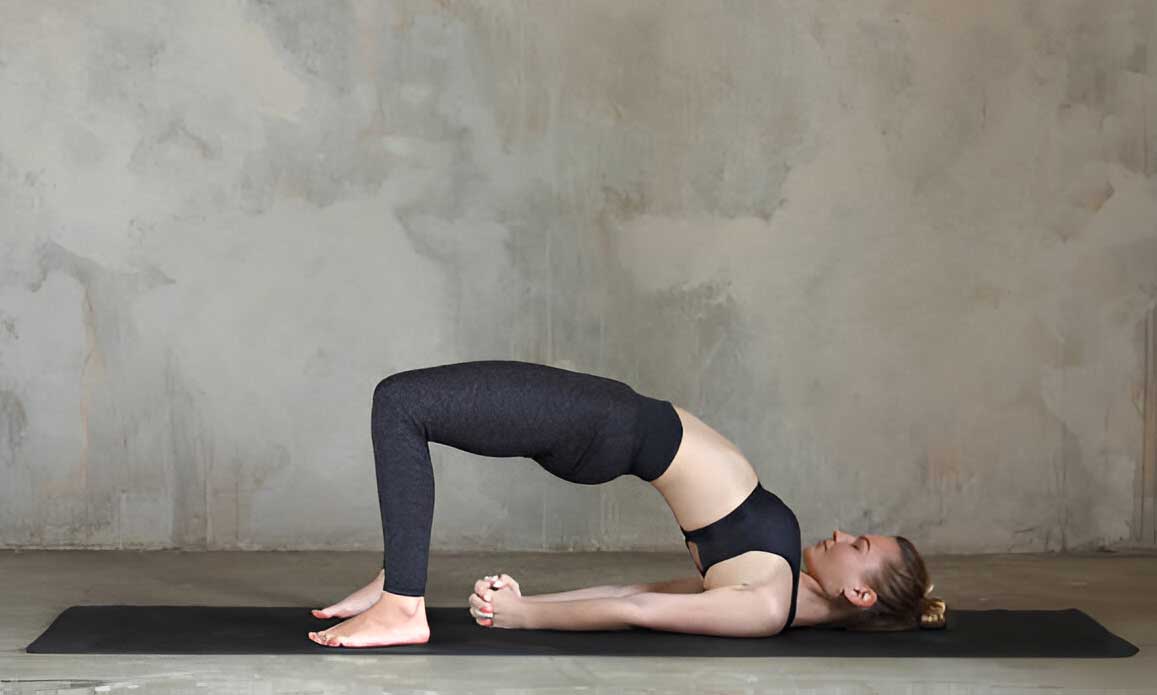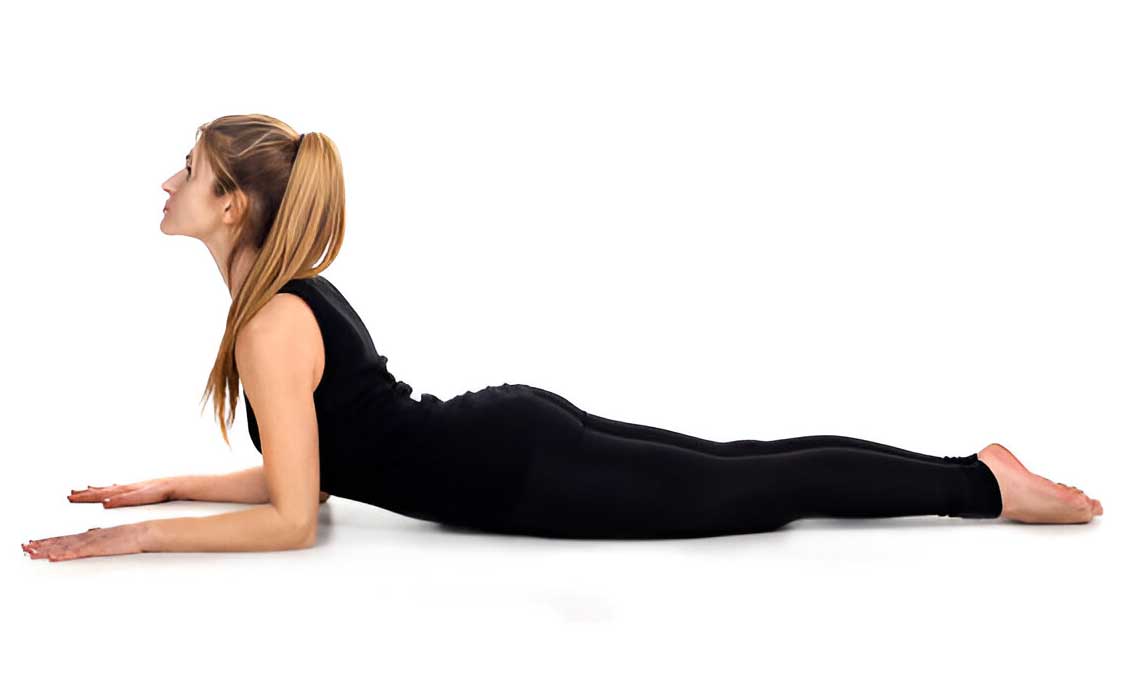Effective Yoga for Back Pain Relief: Poses and Practices to Ease Discomfort
Introduction
Back pain is a common ailment that affects millions of people worldwide. It can result from various factors, including poor posture, muscle strain, or underlying medical conditions. Chronic back pain can interfere with daily activities, reducing overall quality of life. Fortunately, yoga offers a natural and effective solution. Yoga for back pain relief is a holistic practice that can help alleviate discomfort, strengthen the back muscles, and improve flexibility.
Yoga isn’t just about stretching; it combines physical postures, breathing exercises, and mindfulness to create a balanced approach to managing back pain. Whether you’re dealing with occasional discomfort or chronic pain, incorporating specific yoga poses into your routine can provide significant relief.
Understanding Back Pain and Its Causes
Before diving into the yoga poses that can help with back pain relief, it’s essential to understand the common causes of back pain. Identifying the root cause can help you tailor your yoga practice to address specific issues.
- Poor Posture: Slouching or sitting for extended periods can lead to muscle imbalances and strain on the back.
- Muscle Strain: Overuse or sudden movements can cause muscles in the back to strain, leading to pain and stiffness.
- Herniated Discs: A herniated disc occurs when the soft tissue between vertebrae protrudes, causing pain that can radiate down the leg.
- Degenerative Disc Disease: As discs in the spine age, they can lose their cushioning ability, leading to pain and discomfort.
- Arthritis: Osteoarthritis can cause the cartilage in the spine to wear down, leading to stiffness and pain.
- Sciatica: Sciatica occurs when the sciatic nerve is compressed, causing pain that radiates from the lower back down the leg.
Understanding these causes can help you select the most appropriate yoga poses for your specific condition. Yoga for back pain relief can address many of these issues by promoting flexibility, strengthening the core, and improving posture.
How Yoga Helps with Back Pain Relief
Yoga for back pain relief works on multiple levels. It targets both the physical and mental aspects of pain, offering a comprehensive approach to managing discomfort. Here’s how yoga can help:
- Strengthens Core Muscles: A strong core supports the lower back, reducing the likelihood of strain and injury.
- Improves Flexibility: Yoga stretches tight muscles, improving flexibility and reducing tension in the back.
- Enhances Posture: Regular yoga practice encourages proper alignment, which can help prevent and alleviate back pain.
- Increases Blood Flow: Yoga promotes circulation, delivering essential nutrients to the spine and muscles, aiding in recovery.
- Reduces Stress: Stress can exacerbate back pain. Yoga’s focus on breathing and mindfulness helps reduce stress, contributing to pain relief.
- Promotes Mind-Body Awareness: Yoga encourages you to listen to your body, helping you identify and address areas of tension.
Best Yoga Poses for Back Pain Relief
Incorporating specific yoga poses into your routine can provide significant relief from back pain. These poses are designed to stretch and strengthen the muscles, improve posture, and promote relaxation.
1. Child’s Pose (Balasana)
Child’s Pose is a gentle resting pose that stretches the lower back and relieves tension. It’s an excellent pose for releasing tightness and promoting relaxation.
- How to do it: Kneel on the floor, sit back on your heels, and extend your arms forward. Rest your forehead on the mat and breathe deeply. Hold the pose for several breaths.
2. Cat-Cow Pose (Marjaryasana-Bitilasana)
The Cat-Cow Pose is a gentle flow between two poses that stretch and warm up the spine. It helps improve flexibility and reduce stiffness.
- How to do it: Start on your hands and knees. Inhale as you arch your back (Cow Pose), and exhale as you round your back (Cat Pose). Repeat the flow several times, coordinating your breath with the movement.
3. Downward-Facing Dog (Adho Mukha Svanasana)
Downward-Facing Dog is a fundamental yoga pose that stretches the entire back, including the hamstrings, calves, and spine. It helps lengthen and strengthen the muscles.
- How to do it: Start on your hands and knees, tuck your toes, and lift your hips toward the ceiling, forming an inverted V shape. Press your heels toward the floor and keep your spine straight. Hold the pose for several breaths.
4. Cobra Pose (Bhujangasana)
Cobra Pose is a gentle backbend that strengthens the lower back muscles and improves flexibility in the spine. It’s beneficial for relieving pain caused by poor posture or muscle strain.
- How to do it: Lie on your stomach with your hands under your shoulders. Inhale as you gently lift your chest off the floor, keeping your elbows slightly bent. Press your hips into the mat and hold the pose for several breaths.
5. Bridge Pose (Setu Bandhasana)
Bridge Pose strengthens the lower back and glutes while stretching the chest, neck, and spine. It helps improve posture and relieve tension in the lower back.
- How to do it: Lie on your back with your knees bent and feet hip-width apart. Press your feet into the floor and lift your hips toward the ceiling. Hold the pose for several breaths, then slowly lower your hips back to the floor.
6. Sphinx Pose (Salamba Bhujangasana)
Sphinx Pose is a gentle backbend that stretches the lower back and opens the chest. It’s a milder version of Cobra Pose, making it suitable for those with more sensitive backs.
- How to do it: Lie on your stomach with your forearms on the floor, elbows under your shoulders. Inhale as you lift your chest off the floor, keeping your pelvis grounded. Hold the pose for several breaths.
7. Supine Twist (Supta Matsyendrasana)
The Supine Twist gently stretches the spine and relieves tension in the lower back. It also helps improve flexibility and digestion.
- How to do it: Lie on your back with your arms extended out to the sides. Bend your knees and drop them to one side, keeping your shoulders grounded. Hold the pose for several breaths, then repeat on the other side.
Breathing Techniques for Back Pain Relief
Breathing exercises, or pranayama, are an essential part of yoga for back pain relief. These techniques help calm the nervous system, reduce stress, and promote relaxation, all of which can contribute to pain relief.
1. Deep Belly Breathing (Diaphragmatic Breathing)
Deep belly breathing helps reduce tension in the back by promoting relaxation and reducing stress. It’s a simple yet powerful technique that can be practiced anywhere.
- How to do it: Sit or lie down in a comfortable position. Place one hand on your belly and the other on your chest. Inhale deeply through your nose, allowing your belly to rise. Exhale slowly through your mouth, feeling your belly fall. Repeat for several breaths.
2. Alternate Nostril Breathing (Nadi Shodhana)
Alternate nostril breathing balances the mind and body, promoting relaxation and reducing stress. It’s particularly beneficial for calming the nervous system.
- How to do it: Sit comfortably and close your right nostril with your thumb. Inhale through your left nostril, then close it with your ring finger. Release your thumb and exhale through your right nostril. Repeat on the other side.
Creating a Yoga Routine for Back Pain Relief
To maximize the benefits of yoga for back pain relief, consistency is key. Creating a regular yoga routine can help strengthen your back, improve flexibility, and reduce pain. Here’s a simple routine to get started:
- Start with Gentle Poses: Begin with poses like Child’s Pose and Cat-Cow Pose to warm up your spine and prepare your body for deeper stretches.
- Incorporate Backbends: Add Cobra Pose and Bridge Pose to strengthen your lower back and improve flexibility.
- Practice Twists: Include Supine Twist to stretch the spine and relieve tension in the lower back.
- End with Relaxation: Finish your routine with deep breathing exercises and a few minutes in Savasana (Corpse Pose) to promote relaxation and reduce stress.
- Practice Regularly: Aim to practice yoga for back pain relief at least 3-4 times a week for the best results.
The Science Behind Yoga and Back Pain Relief
The effectiveness of yoga for back pain relief is supported by scientific research. Several studies have shown that yoga can improve flexibility, reduce pain, and enhance overall quality of life for individuals with back pain.
One study found that participants who practiced yoga regularly experienced significant improvements in back pain and physical function. Another study showed that yoga could reduce the need for pain medication in individuals with chronic lower back pain.
Yoga’s ability to reduce stress and promote relaxation is one of the main reasons it is effective for back pain relief. By calming the nervous system and improving circulation, yoga helps create a state of balance that supports healing and pain relief.
The Role of Mindfulness in Back Pain Relief
Mindfulness plays a crucial role in yoga for back pain relief. Mindfulness is the practice of being fully present in the moment, which is essential for tuning into your body’s needs and addressing areas of tension.
Yoga encourages mindfulness by bringing awareness to the breath and body. This focus on the present moment helps you identify areas of discomfort and adjust your practice accordingly.
Practicing mindfulness throughout your yoga practice can lead to more effective pain management and a deeper understanding of how your body responds to certain movements. By staying present and aware, you can avoid pushing yourself too hard and reduce the risk of further injury.
Long-Term Benefits of Yoga for Back Pain Relief
Incorporating yoga into your daily routine offers long-term benefits for back pain relief. Consistent practice can lead to a stronger, more flexible spine and a reduced likelihood of future pain. Here are some long-term benefits you can expect:
- Improved Posture: Regular yoga practice helps correct postural imbalances, which can be a significant contributor to back pain. Improved posture reduces the strain on your spine and muscles, helping prevent pain.
- Increased Core Strength: A strong core is essential for supporting the lower back. Yoga strengthens the abdominal and back muscles, providing better support for your spine and reducing the risk of strain.
- Enhanced Flexibility: Yoga increases flexibility in the spine, hips, and hamstrings, which helps prevent tight muscles from pulling on the lower back and causing pain.
- Better Stress Management: Chronic stress can contribute to muscle tension and pain. Yoga promotes relaxation and stress management, which can help prevent stress-related back pain.
- Greater Body Awareness: Yoga fosters a deep sense of body awareness, helping you recognize the early signs of tension or pain. This awareness allows you to address issues before they escalate into chronic pain.
Overcoming Common Challenges in Yoga for Back Pain Relief
While yoga is a powerful tool for managing back pain, some individuals may face challenges when incorporating it into their routine. Here are some common obstacles and how to overcome them:
1. Inconsistent Practice
Maintaining a regular yoga practice is key to experiencing the full benefits. However, busy schedules or lack of motivation can make consistency difficult.
- Solution: Start with just a few minutes each day and gradually increase the duration as it becomes a habit. Set a specific time for your practice and treat it as a non-negotiable part of your routine.
2. Physical Limitations
Certain yoga poses may be challenging for individuals with severe back pain or physical limitations.
- Solution: Modify poses as needed or use props like blankets, bolsters, or blocks to support your practice. Always listen to your body and avoid pushing yourself into discomfort. Consult a healthcare professional if you’re unsure about certain poses.
3. Difficulty Relaxing
Some people may find it hard to relax during yoga, especially if they’re new to the practice or dealing with high levels of stress.
- Solution: Focus on your breath and try guided yoga sessions. Using a soothing voice or calming music can help ease the transition into relaxation. Remember, the goal is to promote relaxation and reduce pain, not to achieve perfection in the poses.
4. Impatience with Progress
Yoga is a gradual process, and it may take time to see significant improvements in back pain. This can lead to impatience or frustration.
- Solution: Focus on the journey rather than the destination. Celebrate small wins, such as feeling more flexible or experiencing less pain during certain activities. Patience and persistence are key to reaping the long-term benefits.
Integrating Yoga with Other Treatments for Back Pain Relief
Yoga is a powerful tool for back pain relief, but it can be even more effective when combined with other treatments. Here’s how to create a holistic approach to managing back pain:
- Physical Therapy: Working with a physical therapist can complement your yoga practice by targeting specific areas of weakness or imbalance.
- Massage Therapy: Regular massages can help release muscle tension and improve circulation, enhancing the benefits of your yoga practice.
- Chiropractic Care: Chiropractic adjustments can help realign the spine and address structural issues that contribute to back pain.
- Heat Therapy: Applying heat to the affected area before yoga can help relax muscles and increase flexibility.
- Mindfulness and Meditation: Incorporate mindfulness and meditation into your daily routine to reduce stress and improve overall well-being. These practices can complement yoga by promoting relaxation and enhancing your body awareness.
Real-Life Success Stories
Hearing about others’ experiences can be incredibly motivating. Here are a few stories from individuals who have successfully used yoga to manage their back pain:
- Sarah’s Transformation: Sarah struggled with chronic lower back pain for years. After incorporating a daily yoga routine focused on gentle stretches and core strengthening, she noticed a significant reduction in pain. Yoga has become an essential part of her pain management plan.
- Tom’s Journey: As a construction worker, Tom often dealt with back pain from heavy lifting and physical labor. He started practicing yoga, including poses like Cobra and Bridge Pose, and soon found that his pain decreased. Yoga has helped him stay strong and flexible, preventing further injury.
- Linda’s Experience: Linda, a desk worker, experienced constant discomfort from sitting for long hours. She began practicing yoga to relieve her back pain and improve her posture. The combination of yoga and mindfulness has made a tremendous difference in her daily comfort and productivity.
Final Thoughts: Embrace Yoga for Back Pain Relief
Yoga for back pain relief is more than just a temporary fix—it’s a holistic approach to improving your overall health and well-being. By incorporating yoga into your daily routine, you can strengthen your back, increase flexibility, and reduce pain, leading to a more comfortable and active life.
Remember, consistency is key. Practice yoga regularly, listen to your body, and create a routine that works for you. With time and dedication, you’ll experience the transformative effects of yoga on your back pain and overall health.
In conclusion, yoga for back pain relief offers a natural and effective way to alleviate discomfort and improve your quality of life. By committing to a regular practice and integrating yoga into your daily routine, you can experience profound improvements in both your back health and your overall well-being. Embrace this practice, and let yoga guide you toward a pain-free and fulfilling life.


